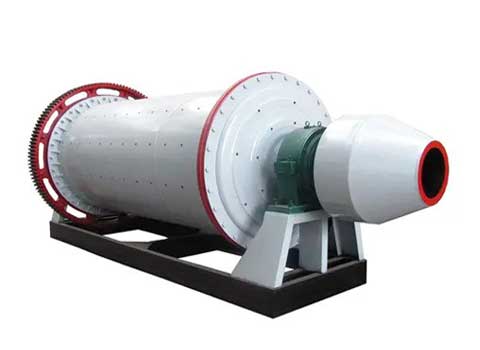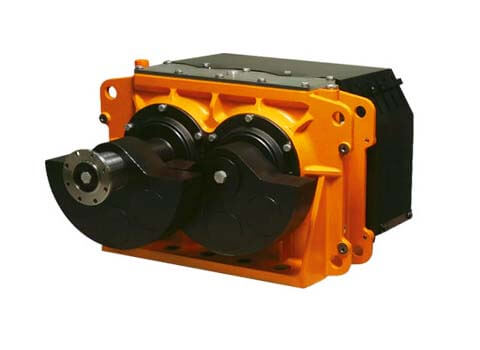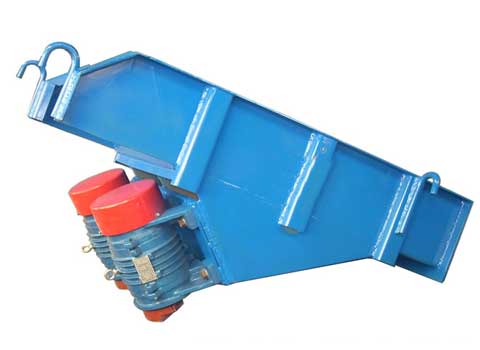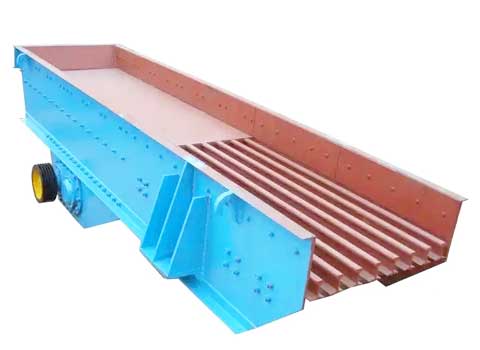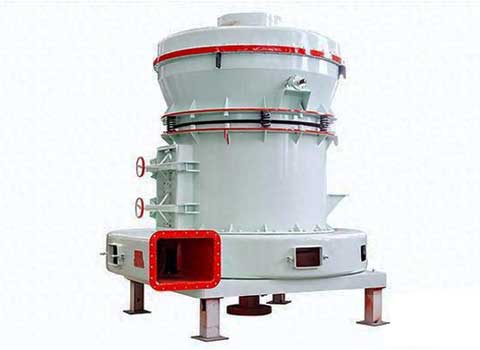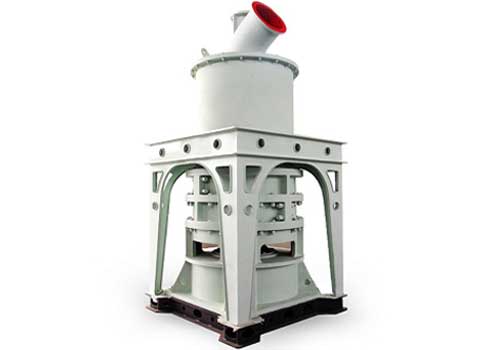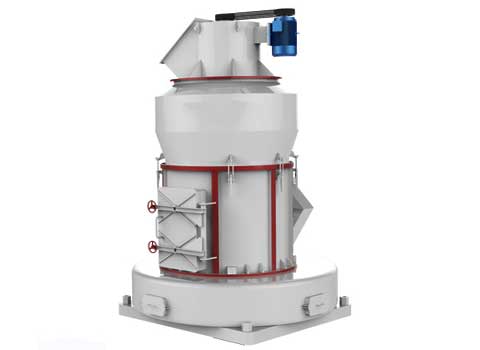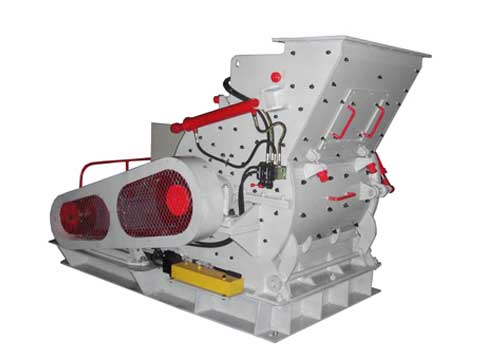Ball mill is a cylindrical grinding equipment widely used in the field of ore milling. Powder production is achieved through the collision of steel balls with each other. The ball mill is widely used for grinding cement, silicate products, building materials, refractory materials, fertilizers, and various minerals. The ball mill is a key equipment for crushing materials after they have been crushed.
principle
The ball mill achieves material grinding by the movement of its internal grinding medium (usually steel balls, steel forgings, steel bars, pebbles, gravel, ceramic balls, etc.) inside the cylinder.
When the ball mill rotates, the grinding body adheres to the lining surface of the inner wall of the cylinder under the action of centrifugal force and frictional force generated with the lining surface of the cylinder. It rotates together with the cylinder and is brought to a certain height before falling freely. When falling, the grinding body impacts the material at the bottom like a projectile, shattering the material.
The grinding body will also slide and roll inside the cylinder, thereby grinding the material and making it finely ground. Due to the continuous feeding of new materials at the feeding end, there is a material level difference between the feeding and discharging ends, which can force the material to flow. In addition, the axial thrust generated by the impact of the grinding body on the material when it falls also forces the material to flow.
characteristic
High grinding efficiency: The ball mill utilizes grinding media to continuously rotate and rub in the drum, grinding materials such as ore, cement, and construction waste into fine powder, thereby accelerating chemical reactions and improving production efficiency.
Stable and reliable structure: The ball mill adopts high-quality steel and advanced manufacturing technology, and is not prone to failure during long-term operation.
Strong adaptability: The ball mill can adapt to different grinding materials and operate normally under different conditions such as temperature, humidity, and altitude.
Low maintenance cost: The maintenance cost of the ball mill is relatively low, and the repair cost is also relatively low.
Environmental protection and energy conservation: The ball mill does not produce any pollutants or exhaust gases during the grinding process, which meets environmental protection requirements.


